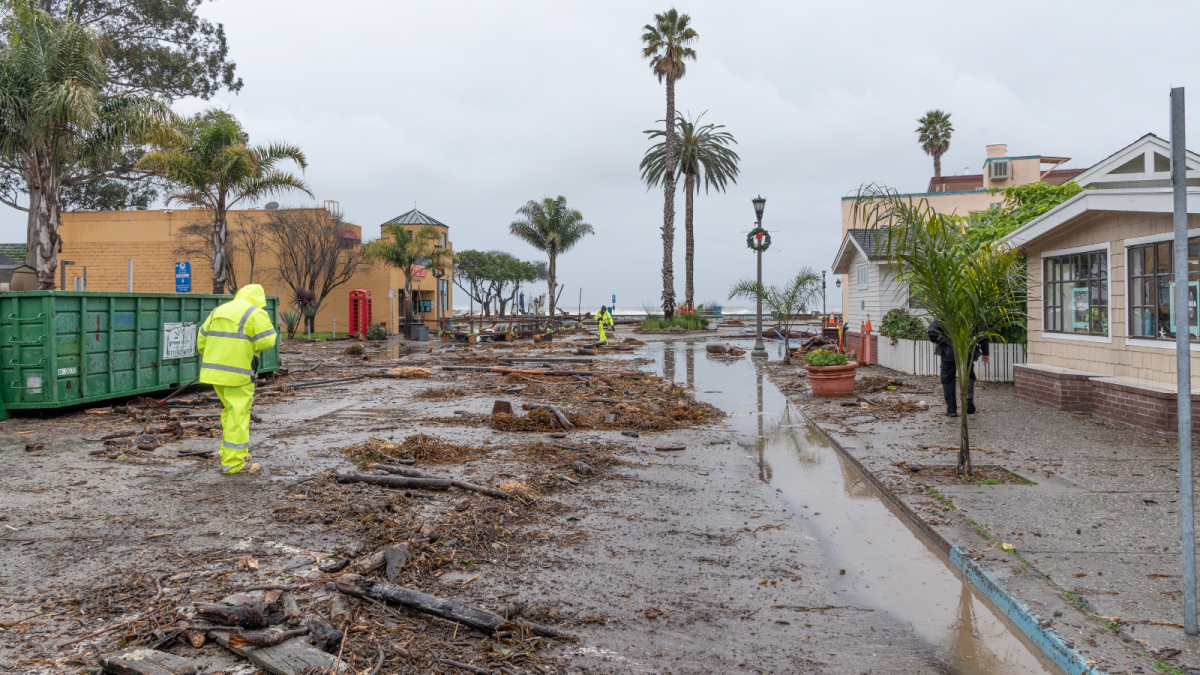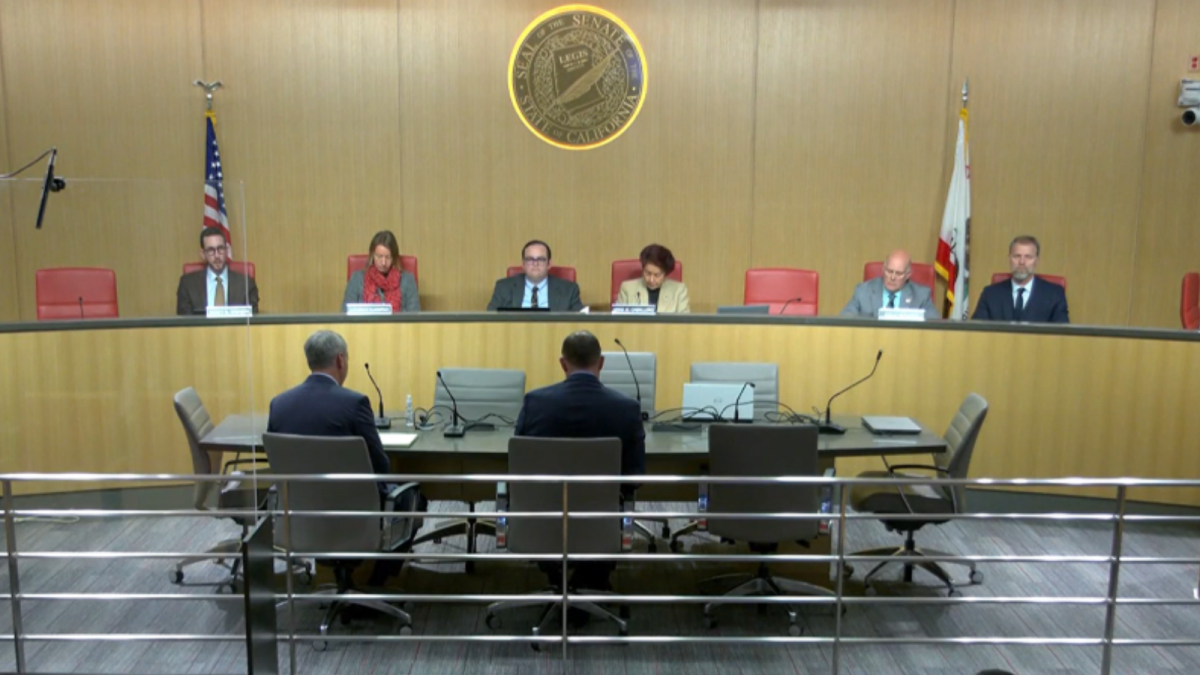Extreme weather is putting California’s infrastructure in uncharted territory
Nearly every corner of California has experienced a deluge of extreme weather in recent months. A dozen atmospheric rivers have pelted the state with intense rain and wind since late December. Flooding has forced evacuations in cities and towns along the Central Coast. The central Sierra is experiencing its snowiest season since 1952. Residents in Southern California were stranded for days as snow hammered communities that rarely experience heavy snowfall.
These intense, unrelenting weather systems have significantly strained infrastructure in cities throughout the state, resulting in flooded communities, broken windows in high-rise buildings, power outages, extensive potholes, and a myriad of road closures.
An expert with the Public Policy Institute of California recently told the New York Times that these continuous storms have left California in “unchartered territory.” He continued, “It is worth remembering that almost all of our flood management infrastructure is more than a half-century old and designed around the climate of the past.”
California’s infrastructure networks drive our quality of life and economic prosperity. Our residents need this infrastructure to be safe, reliable, and well-maintained. The recent storms shone a floodlight on the fact that the state’s infrastructure has suffered from a lack of investment for decades — despite its importance. Limited state and federal funding, combined with the time it takes for cities to receive the funding, have made local efforts to maintain and modernize California’s infrastructure an enormous challenge.
In a recent Senate hearing on local infrastructure, city leaders shared their concerns about local infrastructure needs and the barriers to accessing funding. “The timelines associated with grant money are too far out to address the needs, which typically have a degree of urgency,” Tulare City Engineer Michael Miller said. “Application procedures are tedious and time-consuming, especially for local agencies with limited staffing. Like many local agencies throughout the state, we are struggling to keep up with the needs to upkeep our roads and streets.”
As our climate crisis deepens, so too does the threat of extreme weather and the increased strain on our infrastructure. Despite recent federal investments in infrastructure, California cities need more support from the federal government to address the needs of our communities. In order to increase cities’ ability to protect residents and maintain critical infrastructure, it’s imperative that clear lines of communication and a strong partnership with all levels of government exist, especially at the federal level.
The importance of partnership on disaster- and infrastructure-related crises was a top focus for the League of California Cities Board officers during a recent trip to Washington, D.C. at the National League of Cities Congressional City Conference. We met with Sen. Alex Padilla and several California Congressional delegation members to hammer home that as California city leaders work to prepare their communities for the long-term effects of climate change, Congress and the White House must provide cities with additional resources and invest in the infrastructure workforce so local leaders can protect their communities and ensure their local infrastructure remains safe. Coordinated efforts at all levels of government are the only solution to ensuring that cities have the infrastructure investments and support needed in their communities.
I hope you enjoy this month’s issue of Western City, where we highlight how cities are maintaining and modernizing critical infrastructure projects to move their communities forward.


